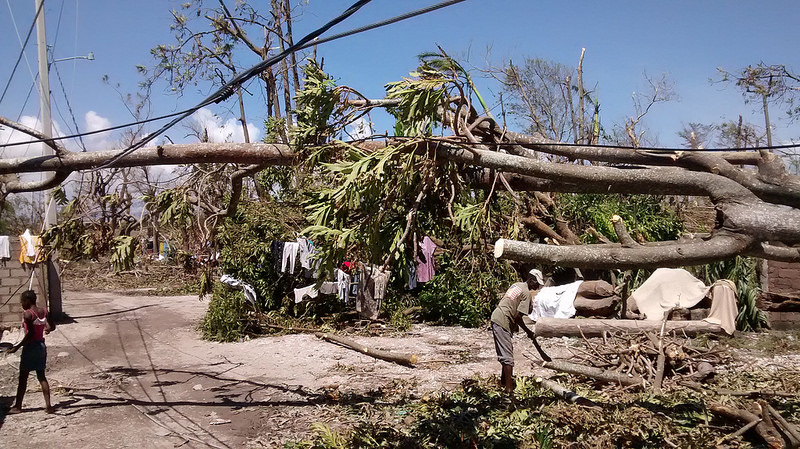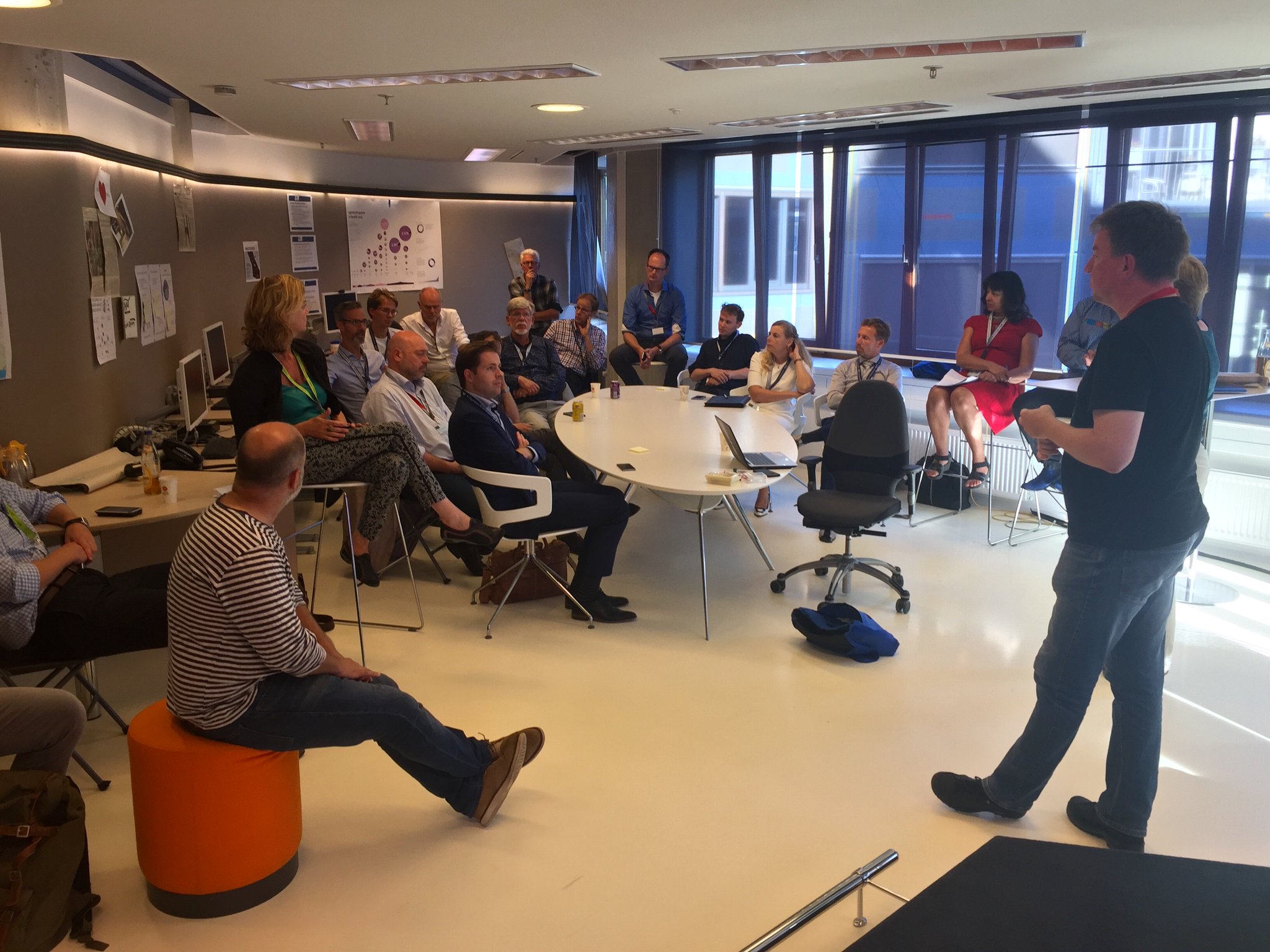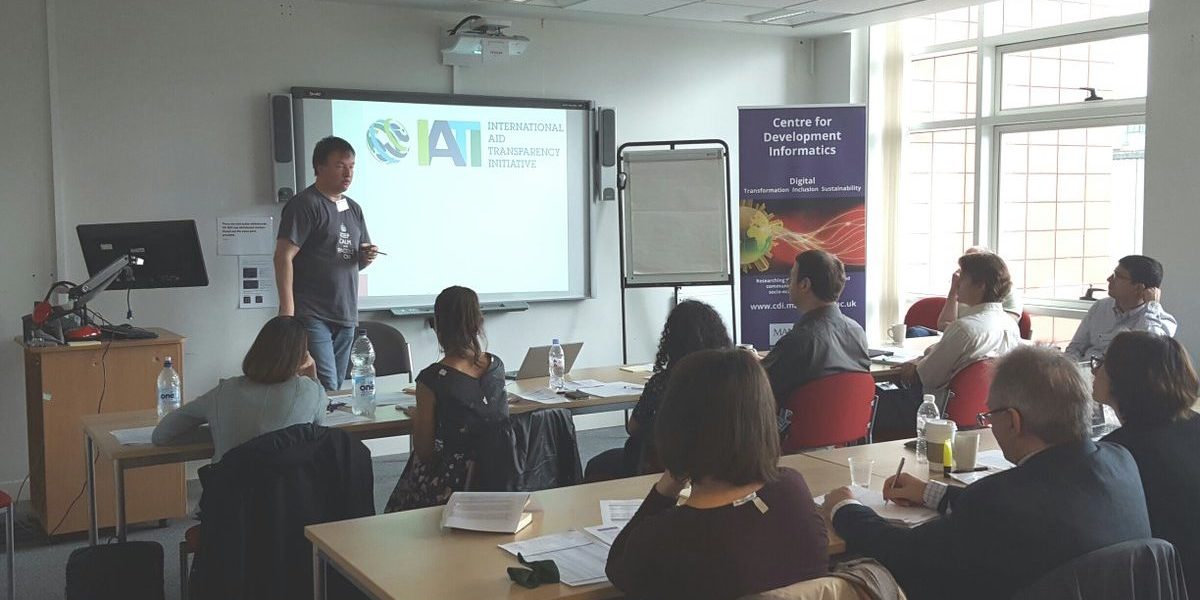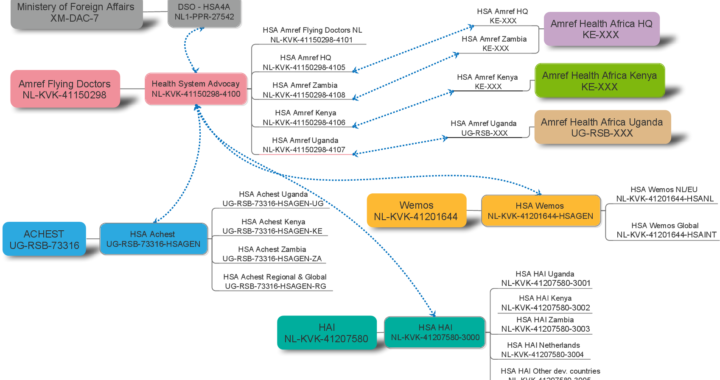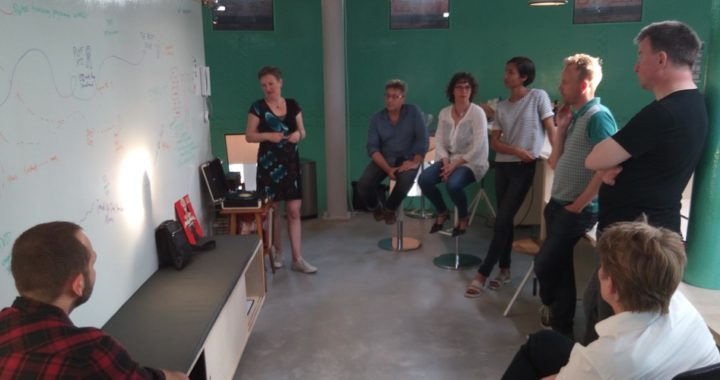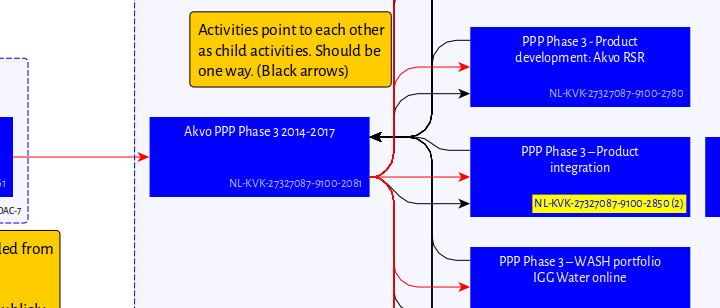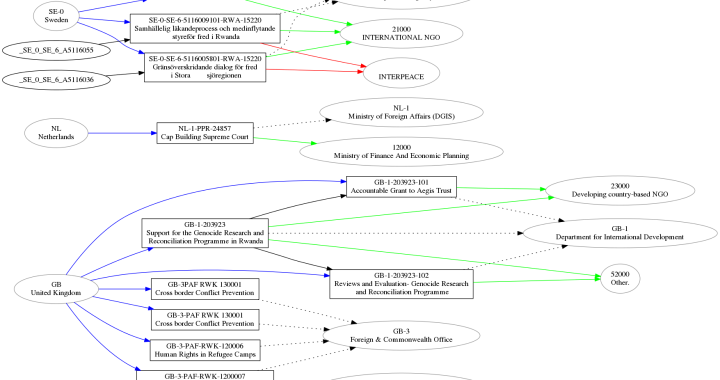Can we find out in IATI who is responding to ‘Matthew’?
At the end of IODC16, Roderick Besseling of Cordaid asked me a simple question: hurricane Matthew has hit Haiti, with well over 800 casualties reported already. Can we see in the IATI data which humanitarian responses have been started? Can we make that data available on HDX, the Humanitarian Data Exchange?
Sure, I thought, with the data stores and interfaces available, that should be possible, right? It turns out to be “more complicated”.
